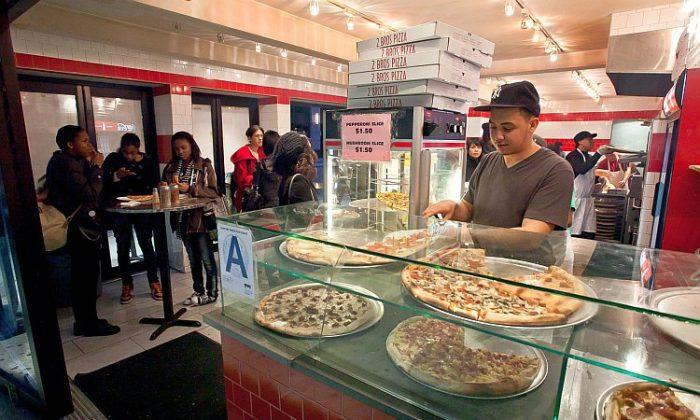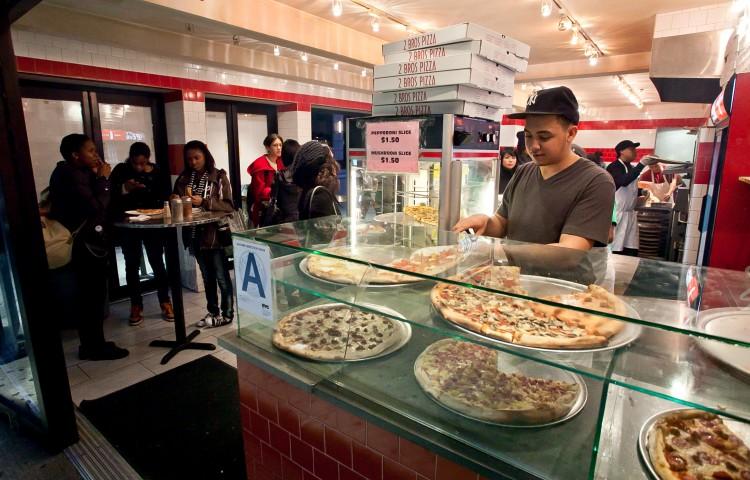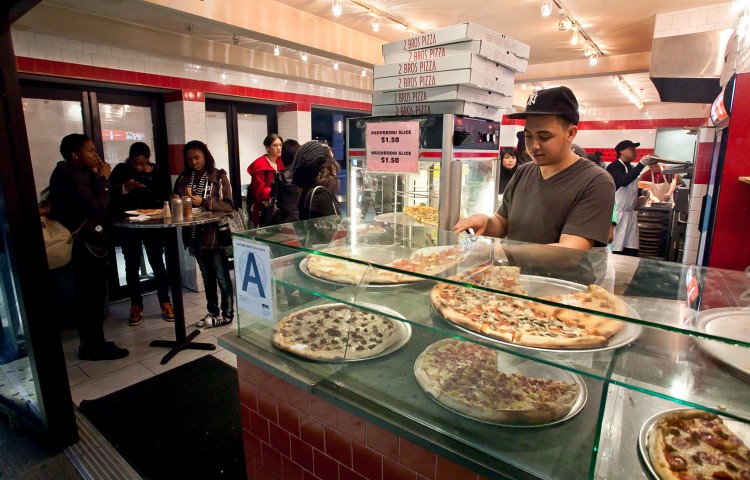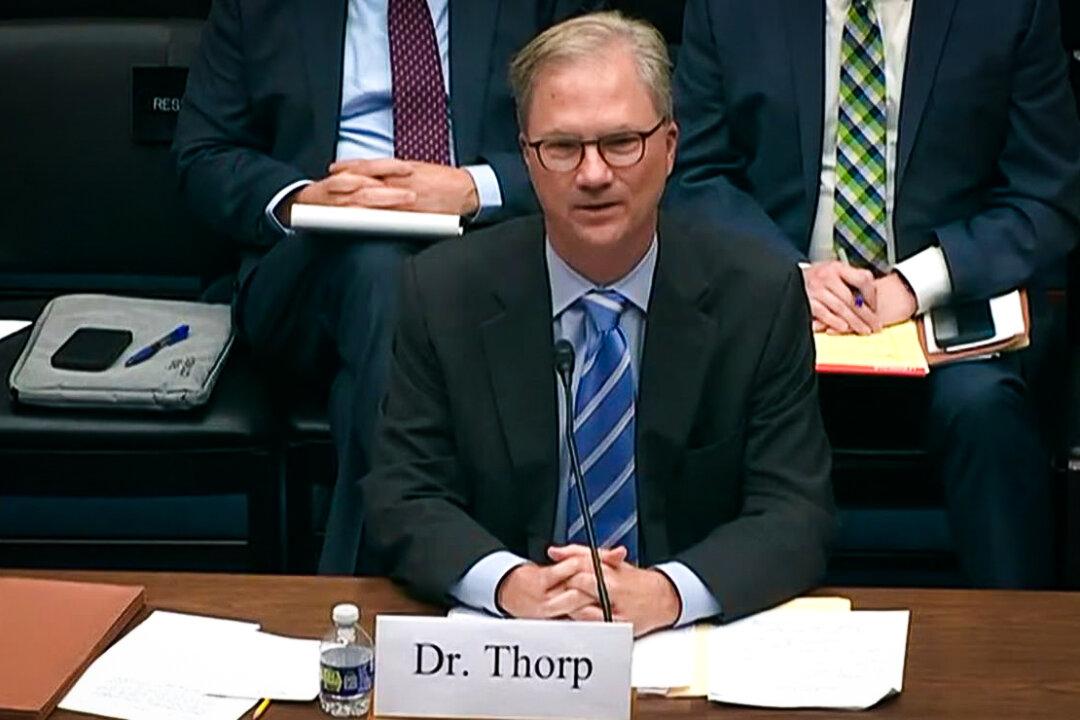NEW YORK—Almost three-quarters of respondents say the living wage proposal before the city council is a “good idea” in a Quinnipiac University poll released on Wednesday, Dec. 14.
The legislation—which would make the minimum hourly wage $10, or $11.50 without benefits—is currently in limbo, pending a decision by Speaker Christine Quinn.
After revisions made in November, the legislation now applies only to certain companies: those that receive $1 million or more of assistance from the city, instead of $100,000 or more, and those that make more than $5 million a year, instead of $1 million.
“If you can receive $5 million in revenue, and receive $1 million from the city, then you can share with workers,” said Councilman Charles Barron, a supporter of the bill. “They get all kinds of breaks, and we need that money.”
Financial assistance from the city can include tax breaks for the land, subsidies for affordable housing, and no sales tax for retail.
Other revisions made to the legislation include exempting retail stores, though only those operating within affordable housing developments, and keeping payroll records for six years instead of 30.
The Quinnipiac University Poll also found that more than four-fifths of voters surveyed said it is the government’s responsibility to ensure a fair wage for workers.
“Some of these businesses are more greedy,” said Queens resident Rodney Anderson. “They could pay that and survive.”
City employee Greg Ferraioli also thought a wage increase would be fair, especially with costs of rentals and based on his difficulty getting by despite making $24.50 an hour.
“You have to make a living,” said Ferraioli. “I couldn’t survive on minimum wage.”
‘Grain of Salt’
“I think when you ask people whether people should get a higher living wage, of course you’re going to get good response,” said Michael Saltsman, a research fellow with Employment Policies Institute (EPI). “We need to take polls like this with a grain of salt, because they’re intended as messaging tools, not as a serious statement about whether or not this is a good idea to pass this bill.”
Ultimately, Saltsman said, though good intentions are behind Living Wage laws—helping low-income residents—the problem is that the company who is now paying more to its workers is more likely to tighten its belt and fire the least skilled and experienced workers.
An alternative solution is for the government to simply tax these workers less, according to Saltsman. That’s money in their pockets without putting pressure on employers. Specifically, he recommends expanding the Federal Earned Income Tax Credit to the state level, and supplementing it if it already exists.
He added that there are other policy options that don’t have the consequences of an increase to the minimum wage.
A report on the estimated impact of instituting a Living Wage law in New York found that “while the number of workers receiving wage increases is higher than the number of workers experiencing job losses,” the overall affect would be negligible.
Recent research conducted by the EPI demonstrates how areas like entry-level wage and teen employment have been negatively affected by minimum wage increases.








Friends Read Free